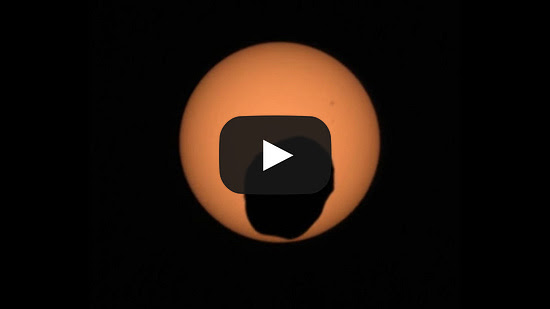
Hello again Science Fans!
I don’t know about you, but I’ve always had a pretty good sense of direction. Way back when I was young, my mother would take my sister and me to New York City during spring break from school. We would come up out of the subway and I’d always be able to figure out which way to turn to get where we wanted to go. If you’ve ever come up from NYC’s subway, you know the entrances pop up wherever, with little connection to the direction of the line you were on. Same is true for SF Muni, for that matter.
Some people have no idea which way is which. Turn them around a couple of times and they are lost. It is one of those oddities of life…why do some of us know which way we’re pointing and others don’t. It may have to do with the environment in which we grew up.
I do have to admit that there is one place where my navigational skills fail me consistently, and that is Chicago. I know why, too. I went to university in northeast Ohio, so I’m used to “the lake” being north, with the body of water in question being Lake Erie. In Chicago, Lake Michigan is to the east. My sense of direction points me to the lake and thinks “north”.
I wrote last week about the second COVID-19 booster. This week comes an article about Moderna’s latest, a bivalent vaccine, which shows promise against both the original and newer versions of the virus. Several doctors aren’t impressed, however.
We’re all impressed with the images being returned to Earth from Mars by Perseverance, but the video at the top of the Schmooze has to be one of the coolest ones yet. It shows an eclipse of the sun by Phobos, one of Mars’ two moons. Both Phobos and Deimos are somewhat potato shaped, not what we’re used to in a moon. They are named after Greek gods of fear. Here’s more about this video.
Not to be outdone, Ganymede, the largest of Jupiter’s moons, casts its shadow on the giant planet in a picture taken by NASA’s Juno mission in late February.
As long as we’re talking about eclipses, plan ahead for April 8, 2024 and the next Great North American Solar Eclipse. This will be a total solar eclipse, with a wider path of totality than the one in 2017. The headline of this article says “once-in-a-lifetime”, but since we just had one 5 years ago, that seems like journalistic license to me. Still, total eclipses such as this have only been visible in the U.S. 21 times since the Declaration of Independence!
Nature is amazing. Witness the birth of a Monk Seal pup in Oahu!
Meanwhile, the Monterey Bay Aquarium has recently opened a new exhibit featuring deep-sea creatures collected by the Aquarium’s Research Institute, including a brand new species of jelly, a coral-red one with coiled tentacles that look like pigtails.
I recently wrote about how intelligent magpies are. Magpies are cousins to crows and ravens, both very intelligent birds that use tools to get what they want. I once watched a crow pick up a unshelled walnut from the ground in its beak, fly up into the air, and drop it onto the street. It then flew back down, picked it up again, and repeated this until the shell of the walnut cracked and the bird could get at the nut inside. Now comes some research that looks at the emotional reactions of these birds to the death of one of their own. Call it a bird funeral!
Earthquakes are a fact of life for those of us living on the Pacific Rim. Imagine a magnitude 9.5 quake that created a 5,000 mile long tsunami with waves up to 66 feet high! Scientists have found evidence of one such quake, the largest known, from about 3,800 years ago, originating in Chile.
Let’s finish up back in space. If you are up early in the morning, Jupiter, Saturn, Mars and Venus will be lined up for the rest of this month.
On Mars, the InSight lander has been sighted covered in Mars dust. It has been on Mars since 2018. The article includes “before and after” pictures of InSight.
Our final stop is 5,000 light years away where two stars are locked in a dance. Every 15 years or so there is a huge nova, the last one was witnessed last year. Remember, this actually happened 5,000 years ago, with the light just reaching Earth now. What was seen may help solve one of the universe’s biggest mysteries; the sources of cosmic rays!
Have a great week in Science!
Bob
Upcoming Events:
Click to see the next two weeks of events in your browser.
